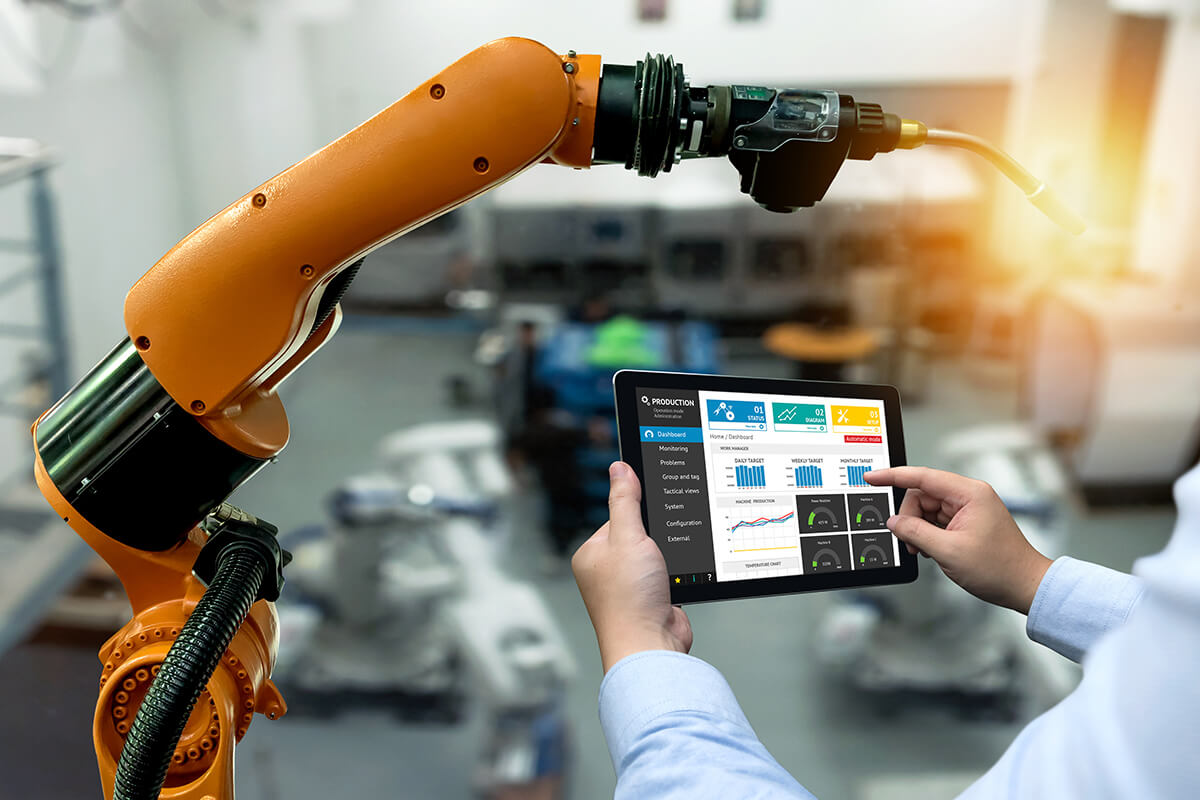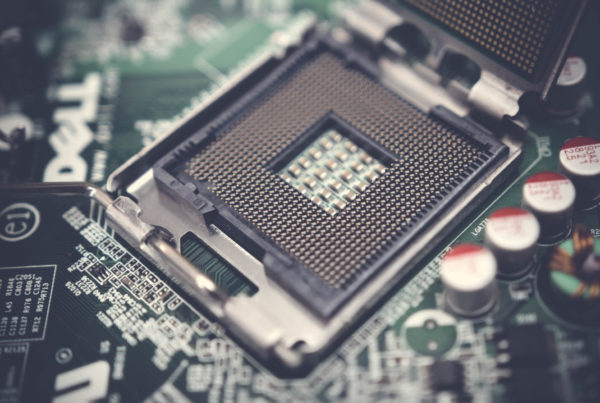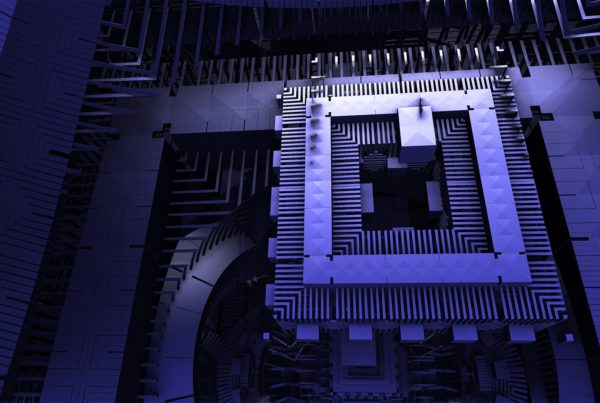According to the estimates by an Indian consulting firm, HMI market will grow to over $5 billion by 2025. But what is HMI? For most, not associated with SaaS businesses or manufacturing, HMI might be an alien concept. Yet, its adoption and value proposition are taking over the manufacturing space by storm.
HMI or Human Machine Interface is an interface or a dashboard, providing a wide range of functionalities in the form of data visualizations, monitoring KPIs, and understanding machine I/O dynamics. HMI is also referred to as Man-Machine Interface and Operator Interface, with the term ‘Terminal’ replacing interface. From manufacturing to automotive to advanced electronics – HMI has found its place in multiple industries.
Hence, it’s not surprising that the above growth, projected for the HMI market, is a reasonable estimate. However, manufacturing firms can generate more value by understanding the key drivers for this growth. A deeper look at these drivers can show potential gaps in the firm’s strategy and help it formulate a framework to cover them.
Here are the contributors to the growth of HMI in manufacturing:
1. Exponential Growth in Industrial Internet of Things (IIoT) Investments
IIoT investments stood at $1.67 billion in 2018. Forecasts estimate these investments will grow to $12.44 billion by 2024, showing a 40% CAGR. IIoT is the main reason why HMI systems can now be more effective in providing insights and real-time data.
Think about IIoT systems as the data plumbing system in a manufacturing unit and the HMI system as a meter showing flow of fluids through the system. Without the wide adoption of the former, the latter would not be able to provide the insights necessary to optimize workflow.
Manufacturing firms recognize that updating the inventory systems or supply chains would not be enough to create a resilient operation. As they become more reliant on IIoT systems, HMI can be a value add, delivering critical insights necessary to make real-time optimization and problem resolution decisions as well as use the inputs from the system to formulate data-driven strategies.
2. Changing Manufacturing Systems and Underlying Product Innovation Necessitate Dynamic Monitoring
Experts believe that Pharmaceuticals and Automobile industries will be two of the biggest HMI adopters, over the coming years. Pharma products are evolving with new use-cases and require new manufacturing techniques. The entire automobile industry is witnessing significant changes in terms of the manufactured products and the scale of manufacturing itself.
When implementing changes in the manufacturing system, HMI becomes the key component for monitoring implementation. It acts as the centerpiece for business intelligence, data analysis, and management reporting. In such circumstances, HMI is the tool for the management team to ensure quality control and strategic adherence in the unit.
The Verolt Role in HMI
From manufacturing to automotive – firms would prefer to work with technology partners and not just vendors. Given that sector problems and challenges are becoming increasingly complex, readily-available solutions from vendors are often not enough. Partners have an intuitive understanding of the industry dynamics and functional challenges and are better poised to address issues, leveraging exponential technologies.
At Verolt, our comprehensive understanding of niche domains in electronics and automotive space, and technical expertise in designing, developing, and deploying HMI systems for mission-critical functions in them, make us the apt partner for generating maximum value with HMI implementation projects.



